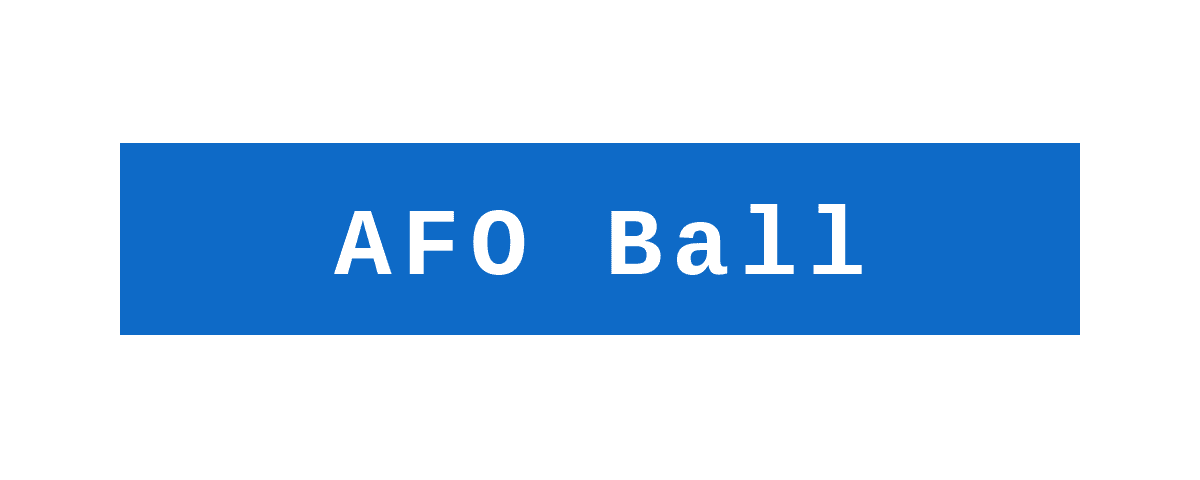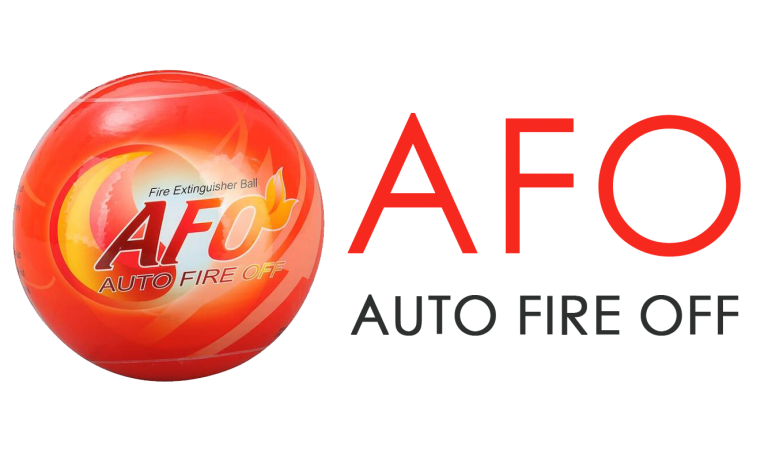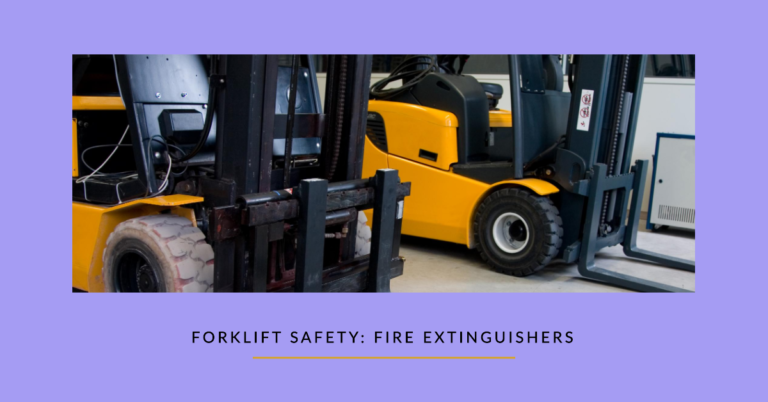Last Updated on March 26, 2024 by Allen
Using a fire extinguisher near bees can harm them physically and chemically. The chemicals can contaminate bees and their environment. Your actions might make the bees aggressive and increase stings. To stay safe, avoid sudden movements and protect your face. When using a fire extinguisher, aim at the swarm to disperse them, not kill them. The force and noise can make bees retreat. Avoid spraying directly at bees. Further research can provide more information about bee safety and environmental care.

Potential Risks of Using Fire Extinguishers
Using a fire extinguisher near bees could pose risks to both you and the insects. When a fire extinguisher is discharged, it releases a powerful stream that can harm bees if they’re directly hit. The force of the extinguisher can injure the bees physically, potentially leading to their death. Additionally, the chemicals in the extinguisher might also be harmful to the bees. These substances can contaminate the bees and their environment, affecting their health and survival.
In addition, the loud noise and sudden burst of the extinguisher could agitate the bees, causing them to become more aggressive and increasing the likelihood of stings. Hence, it’s important to explore alternative methods to deal with bees without resorting to fire extinguishers.
Effectiveness of Fire Extinguishers on Bees
When contemplating the effectiveness of fire extinguishers on bees, it’s vital to grasp the potential risks involved.
Bee safety measures are pivotal to prevent harm while utilizing fire extinguishers, balancing the need for emergency response with environmental impact concerns.
Proper fire extinguisher usage demands a delicate approach to guarantee both human safety and the preservation of bee populations.
Bee Safety Measures
Fire extinguishers can effectively control bee swarms and protect against potential stings. When faced with a bee swarm, remember these bee safety measures:
- Keep Calm: Avoid sudden movements or loud noises that can agitate the bees.
- Protect Your Face: Cover your face and head with a cloth or clothing to prevent bee stings in sensitive areas.
- Move Slowly: If bees are nearby, slowly walk away to a safe location without swatting at them.
- Use Smoke: In cases where bees pose a threat, smoke can help calm the bees and make them less aggressive.
Following these safety measures can help you stay safe in situations involving bees.
Environmental Impact Concerns
Using a fire extinguisher on bees may inadvertently impact their survival and the surrounding environment.
- Loss of Bees: Fire extinguishers can harm bees directly, killing them due to the force of the extinguishing agent.
- Contamination of Hive: The chemicals in fire extinguishers can contaminate the hive, affecting the bees’ food and living conditions.
- Impact on Pollination: Killing bees with extinguishers can disrupt pollination cycles, affecting plant reproduction and ecosystem balance.
- Environmental Damage: The chemicals released from the extinguisher can harm not only bees but also other beneficial insects and organisms in the area.
Considering these factors, it’s important to explore alternative methods to deal with bee-related emergencies that minimize harm to these essential pollinators and the environment.
Chemicals in Extinguishers
The chemicals present in fire extinguishers can have a significant environmental impact. These substances, while essential for putting out fires, can pose risks to the environment if not handled properly.
Here are four key points to keep in mind:
- Chemical Composition: Fire extinguishers contain various chemicals such as dry powder, foam, carbon dioxide, or halon, each with different environmental effects.
- Ozone Depletion: Some extinguishing agents like halon contribute to ozone layer depletion when released into the atmosphere.
- Water Contamination: Certain chemicals can contaminate water sources if not contained or cleaned up adequately after use.
- Soil Pollution: Improper disposal of extinguisher residues can lead to soil pollution, affecting plant life and groundwater quality.
Being aware of these factors is essential for minimizing the environmental impact of fire extinguisher use.
Safety Measures for Bee Infestations
Consider utilizing protective gear such as bee suits and gloves when addressing bee infestations to guarantee your safety. Here are four essential safety measures to follow when dealing with bee infestations:
- Wear Protective Clothing: Bee suits, gloves, and veils provide a physical barrier between you and the bees, reducing the risk of stings.
- Work During Calm Weather: Bees are less aggressive on cool, cloudy days or during early mornings or evenings. Avoid disturbing them during hot, sunny periods.
- Locate the Nest: Before taking any action, identify the bee nest’s location. Knowing where the bees are coming from will help you plan your approach.
- Avoid Strong Scents: Perfumes, scented lotions, and bright clothing can attract bees. Opt for unscented products and wear light-colored, smooth fabrics to minimize bee interest.
Alternatives to Using Fire Extinguishers
When dealing with a bee infestation, it is critical to investigate non-lethal alternatives to using fire extinguishers. Consider using a bee vacuum to capture and relocate the bees without causing harm.
Another option is to contact a local beekeeper who can help remove the bees using specialized equipment. You could also try using natural deterrents like peppermint oil or citrus sprays to discourage bees from nesting in unwanted areas.
Additionally, sealing any entry points or cracks in your property can help prevent future infestations. Remember, prioritizing the safety of both yourself and the bees is paramount when dealing with these situations.






